- No products in the cart.
Betaxolol-solofarm drops Ch. 0.5% 5ml vial-cap.
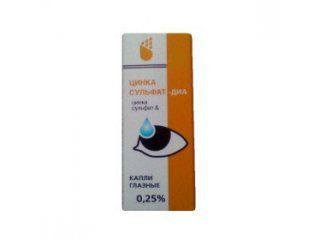
Zinc sulfate-dia drops Ch. 10ml vial, cap.
$1.84
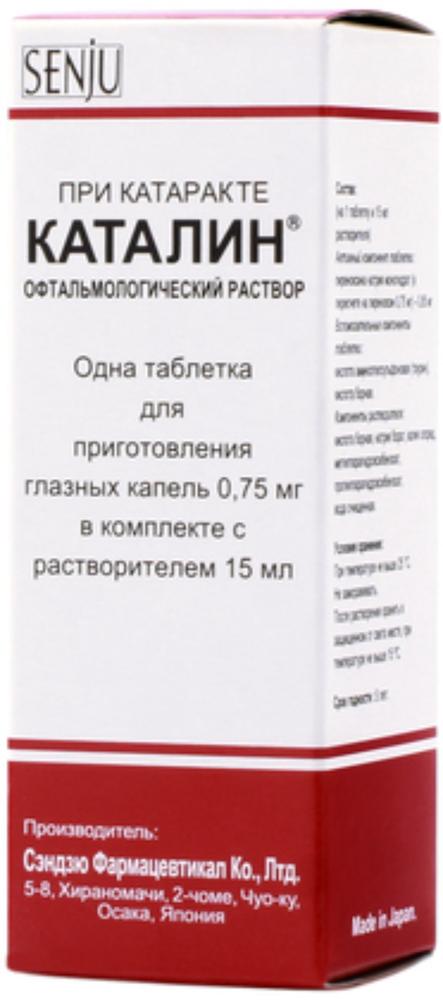
Katalin tab for prig.kapel Ch. + 0.75mg solvent 15ml vials.
$12.34
$3.47
Betaxolol-solofarm drops Ch. 0.5% 5ml vial-cap.
Description
Composition
Active substance:
1 ml of the preparation contains:
Betaxolol 5 mg as betaxolol hydrochloride, 5.6 mg.
Excipients:
Benzalkonium chloride – 0.1 mg
Sodium chloride – 5.49 mg
Disodium phosphate dihydrate – 3,579 mg
Sodium dihydrogen phosphate dihydrate – 3.165 mg
Disodium edetate (Trilon B) – 0.5 mg
Water for injections to 1 mL.
Description:
Transparent colorless or light yellow liquid.
Product form:
0.5% eye drops.
5 ml in a vial with a dropper of low density polyethylene and the lid from Lemma kontro- first opening into the vial or dropper, high density polyethylene together with the lid and screwed plug-dropper.
1 or 3 vials together with instructions for use in a stack of cardboard.
Contraindications
– hypersensitivity to betaxolol and other ingredients; – bradycardia; – atrioventricular block II and III degree is not controlled by an artificial pacemaker; – sick sinus syndrome; – sinoatrial block; – cardiogenic shock; – decompensated chronic heart failure; – reactive airway disease, including severe asthma (including history); – severe chronic obstructive pulmonary disease.
Carefully
Treatment of patients using beta adrenoblokatornogo means of action and betaxolol (eye drops), should be carried out under medical supervision in regular communication with the risk of the total potential action on the intraocular pressure and the appearance of unwanted systemic effects.
Despite the overall effect of betaxolol weakly expressed (in the form of eye drops) on the body, be careful when administered to patients with hyperthyroidism and diabetes (particularly unstable), because the drug may mask symptoms of hypoglycemia.
Before surgery with general anesthesia should gradually stop the use of the drug since the drug can alter the patient’s reaction to the use of general anesthetics.
Dosage
5 mg / ml
Indications
Reduction of elevated intraocular pressure in patients with ocular hypertension and primary open angle glaucoma as monotherapy or in combination with other drugs.
Interaction with other drugs
Special studies betaxolol interaction with other drugs has not been performed.
In patients receiving betaxolol and simultaneously taking other oral beta-blockers, the risk of adverse reactions (both system and local) may be higher due to possible additive effects. These patients should be under close medical supervision.
When concomitant administration of beta-blockers for topical ophthalmic use with oral forms blockers “slow” calcium channel blockers, beta-blockers, antiarrhythmic drugs (including amiodarone), cardiac glycosides, parasympathomimetics, guanethidine and preparations depletes catecholamines, such as reserpine, can observed amplification effects such as lowering blood pressure and bradycardia. There have been cases of mydriasis, while the use of beta-blockers and epinephrine.
When concomitant administration of betaxolol with muscle relaxants and hypoglycemic agents may be a strengthening of the action of the latter. Beta-blockers can reduce the effect of epinephrine used for relief of anaphylactic reactions. It should be used with extreme caution in patients with atopy or a history of anaphylaxis. In a joint application with sympathomimetics – strengthening their vasoconstrictor effect.
Care must be taken in the combined use of betaxolol and adrenergic psychotropic drugs because of a possible increase their action.
If necessary, it can be employed in combination with other topical ophthalmic drugs, in which case the interval between their application must be at least 10 minutes.
Overdose
If swallowed the contents of the bottle may develop symptoms of beta-blockade include bradycardia, hypotension, acute cardiac insufficiency and bronchospasm. symptoms of overdose treatment should be symptomatic and supportive.
The local application of excess amounts of the drug to the eye rinse with warm water.
pharmachologic effect
Pharmacological group:
Antiglaucoma agents – beta-blocker.
ATC code: S01ED02.
Pharmacodynamics:
Betaxolol – is a selective beta1 – blocker without its own sympathomimetic activity. Virtually has a membrane (Valium) effect.
The selective effect on beta1 betaxolol – adrenoceptors is not absolute, since when it is used in high doses may impact on betaxolol beta2 – adrenergic receptors located primarily in the smooth muscle of the bronchi and blood vessels.
Blockade of beta-adrenergic receptors in the bronchi and bronchioles increases airway resistance due to the lack of antagonism to parasympathomimetic activity. Such an effect in patients with asthma or other bronhospasticheskimi states may represent a potential danger.
Beta blockade reduces cardiac output in both healthy subjects and patients with heart disease. In patients with severe impairment of myocardial function, beta blockade may weaken the effect of stimulating the sympathetic nervous system necessary to maintain adequate cardiac function.
Betaxolol has a less pronounced effect on the cardiovascular and respiratory system in comparison with other beta-blockers.
Application in the form of eye drops, accompanied by a reduction in intraocular pressure by decreasing the production of intraocular fluid. Hypotensive effect of betaxolol realized both with respect to increased or normal intraocular pressure.
Betaxolol improves ocular blood flow (perfusion).
Betaxolol does not cause miosis, spasm of accommodation, night blindness, the effect of “veil” in front of the eyes (unlike miotikov).
Pharmacokinetics:
Betaxolol is characterized by a high degree of lipophilicity, causing corneal epithelium is rapidly absorbed and during intraocular fluid is created by its high concentration. Time of onset of effect (reduction of intraocular pressure) – 30 minutes, the maximum effect – after 2 h, duration – 24 hours. The half-life (T1 / 2) of 12-16 hours, the connection with plasma proteins – 50%. Write mainly by the kidneys, a small extent in the faeces, in the form of two carboxylic acids and unchanged (about 16% of the applied dose). Permeability through the blood brain barrier (BBB) and the placental barrier – low secretion breast milk – insignificant.
Pregnancy and breast-feeding
fertility
Data on the effect of betaxolol on fertility are not available.
Pregnancy
Sufficient experience of use of the drug during pregnancy is not. Application betaxolol during pregnancy only if the expected benefit to the mother outweighs the potential risk to the fetus.
According to the results of epidemiological studies malformativnyh effects were detected. It is known that after oral administration of beta-blockers, there is the risk of delay fetal development. In addition, signs and symptoms of beta-blockade can be observed in the newborn (such as bradycardia, hypotension, respiratory distress and hypoglycaemia) in cases where beta-blockers taken the mother before giving birth. In applying the drug betaxolol during pregnancy is necessary to monitor the status of the newborn during the first days of life.
Breast-feeding
Beta-blockers are excreted in breast milk and can cause serious adverse reactions in children who are breastfed. It is unlikely that the local application of therapeutic doses of betaxolol sufficient amount of drug to be present in breast milk in order to cause the development of clinical symptoms beta adrenoblockade neonates. Due to the fact that the risk of systemic effects can not be ruled out, it should be decided to discontinue breast-feeding or withdrawal of therapy with betaxolol, taking into account the need to continue breast-feeding for the child and the benefit of therapy for the mother.
Conditions of supply of pharmacies
Prescription.
side effects
Like other drugs in the form of eye drops, betaxolol may enter the systemic circulation, that leads to the development of systemic side effects.
Adverse reactions are presented according to the following gradation frequency of their development: very often (> 10%); often (> 1, 0.1, 0.01,
Violations by the organ of vision
Very common: discomfort in the eyes.
Common: blurred vision, increased lacrimation.
Infrequently: punctate keratitis, keratitis, conjunctivitis, blepharitis, blurred vision, photophobia, eye pain, dry eye, asthenopia, blepharospasm, itching of the eye, eye discharge, crusting on the edges of the eyelids, eye irritation, disorders of the conjunctiva, swelling of the conjunctiva, eye redness.
Rare: cataracts, decreased corneal sensitivity, redness of the eyelids.
Disorders of the nervous system
Common: headache.
Rare: syncope.
Frequency unknown: dizziness.
Violations of the heart
Uncommon: bradycardia, tachycardia.
Frequency not known: arrhythmia.
Violations by vessels
Rare: hypotension.
Violations of the respiratory system, organs, breast cells and mediastinum
Uncommon: bronchospasm, dyspnea, rhinitis.
Rare: cough, runny nose.
Disorders of the gastrointestinal tract
Uncommon: nausea.
Rare: dysgeusia.
Violations of the skin and subcutaneous tissue
Rare: dermatitis, rash, alopecia.
Violations by the reproductive system and breast
Rare: loss of libido.
mental disorders
Rare: anxiety, insomnia, depression.
General disorders and administration site reactions
Frequency unknown: asthenia.
Violations by the immune system
With unknown frequency: hypersensitivity.
There were other adverse reactions that may develop, and the application of local beta-blockers (for information on the incidence of absent):
Disorders of immune system: Systemic allergic reactions including angioedema, urticaria, local and generalized rash, pruritus, anaphylactic reaction.
Violations by the Metabolism and nutrition: hypoglycemia.
Mental disorders: nightmares, memory loss, hallucinations, psychoses, confusion.
Disorders of the nervous system: cerebrovascular accident, cerebral ischemia, worsening signs and symptoms of myasthenia gravis, paresthesia.
Violations by the organ of vision: choroidal detachment after fistuliziruyuschih antiglaucoma operations, corneal erosion, ptosis, diplopia.
Violations of the heart: chest pain, palpitations, edema, congestive heart failure, atrioventricular block, cardiac arrest, heart failure, slow atrioventricular conduction or worsening degree of the blockade.
Violations by vessels: Raynaud’s phenomenon, cold and cyanosis of the hands and feet, worsening of existing intermittent claudication.
Disorders of the respiratory system, chest and mediastinum: bronchoconstriction (mainly in patients with a history of diseases bronhospasticheskimi).
Disorders of the gastrointestinal tract: dyspepsia, diarrhea, dry mouth, abdominal pain, vomiting.
Violations of the skin and subcutaneous tissue disorders: psoriazoformnaya rash or exacerbation of psoriasis.
Violations by the musculoskeletal system: myalgia.
Violations by the genitals and breast: sexual dysfunction, impotence.
General disorders and administration site reactions: fatigue.
special instructions
Diabetes
Beta-blockers should be used with caution in patients with a tendency to spontaneous hypoglycemia and diabetic patients labile course, since these drugs may mask the signs and symptoms of acute hypoglycemia.
thyrotoxicosis
Beta-blockers may mask certain symptoms of hyperthyroidism (eg, tachycardia). In patients with suspected hyperthyroidism should not abruptly cancel beta-blockers, as it may intensify symptoms.
myasthenia
Beta-blockers may cause signs and symptoms similar to those in infants (eg, diplopia, ptosis, generalized weakness).
Surgery
The anesthetist should be advised that the patient takes betaxolol. Before elective surgery beta-blockers should be gradually (not simultaneously!) Canceled 48 hours prior to general anesthesia because during general anesthesia may reduce myocardial sensitivity to sympathetic stimulation necessary for the operation of the heart (for example, they can block the action of adrenaline).
pulmonology
There are reports of respiratory reactions, including death due to bronchospasm in patients with asthma when using some beta-blockers in ophthalmology.
Should be used with caution in patients with betaxolol asthma mild to moderate severity (including history), and patients with chronic obstructive pulmonary disease of mild to moderate severity.
anaphylactic reactions
In applying betaxolol patients with severe atopy or anaphylactic reactions to various allergens history may experience more pronounced reaction to repeated administration of allergens and resistance to standard doses of epinephrine in relieving anaphylactic reactions.
Betaxolol should be used with caution in patients with severe impairment of the peripheral circulation (ie in patients with a severe form of Raynaud’s disease or Raynaud’s syndrome, as well as pheochromocytoma).
When the local appointment of beta-blockers can enter the systemic circulation and cause unwanted reactions with cardiovascular, pulmonary and other systems.
Cases of severe respiratory and cardiovascular disorders, including the death of bronchospasm in patients with asthma and death from heart failure in the application of betaxolol.
Violations of the heart
In patients with cardiovascular diseases (eg, coronary heart disease, Prinzmetal angina, heart failure) and hypotension therapy beta-blockers should be critically assessed by consideration of the treatment of drugs of other groups.
Should be closely monitored for the development of signs of acute illness and adverse reactions in patients suffering from cardiovascular diseases.
diseases of the cornea
Beta-blockers can cause dry eyes. Patients with corneal diseases the drug should be used with caution.
The main pathogenetic aspect angle-closure glaucoma treatment is necessary to open the anterior chamber angle, which is achieved by constriction of the pupil using miotikov. Betaxolol no effect on pupil diameter, so the angle-closure glaucoma medication should be used only in conjunction with miotikami.
Choroidal detachment
There are cases choroidal detachment when using medicaments that reduce the production of intraocular fluid (e.g., timolol, acetazolamide) after fistuliziruyuschih antiglaukomatoznyh operations.
The preparation comprises a preservative benzalkonium chloride which may cause eye irritation and discoloration of soft contact lenses. To avoid direct contact of the product with soft contact lenses. Patients who use contact lenses, lenses should be removed and set them back no earlier than 15 minutes after instillation of the preparation before use.
The effect on the ability of control of vehicles and mechanisms
During the period of treatment must be careful when driving and busy with other potentially hazardous activities that require high concentration and psychomotor speed reactions.
Storage conditions
Store at a temperature not higher than 25 C. Keep out of reach of children.
Dosing and Administration
Locally. 1-2 drops into the conjunctival sac 2 times per day.
In some patients, stabilization of intraocular pressure occurs within a few weeks, so it is recommended to monitor the intraocular pressure within the first month of treatment.
Long-term use is established by the attending physician depending on the effectiveness of therapy.
In case of insufficient clinical monotherapy prescribe additional therapy.
The use of two beta-blockers is not recommended for topical application.
To reduce systemic absorption of the drug is recommended nasolacrimal occlusion – pressing of the inner edges of age for 2-3 minutes after instillation of the preparation.
Go with another antihypertensive therapy
In the transition from one therapy to beta-blocker therapy with another drug from the group of beta-blockers is recommended to complete a full day of therapy previously used antihypertensive agent, and the next day start instillation Betaxolol 0.25% in each affected eye 1 drop 2 times a day.
In the absence of an adequate response to therapy dose can be increased up to 1-2 drops of 0.5% solution of betaxolol in each affected eye twice a day.
When changing from an antihypertensive drug therapy other groups except beta blockers, continue instillation previously appointed with the addition of the drug instillation of one drop of 0.25% solution of betaxolol in each affected eye twice a day. The next day, made the abolition of the previously applied treatment and continued therapy with betaxolol.
The use in the pediatric population
According to the limited data, betaxolol may be recommended to reduce intraocular pressure when the true congenital glaucoma, infantile and juvenile congenital glaucoma preoperatively or in case of failure of surgery. Before using the product you must carefully evaluate the risks and benefits of betaxolol in the pediatric population by careful anamnesis in relation to systemic disorders. If the benefit outweighs the risk, it is recommended to use betaxolol in the minimum concentration available and 1 drop of 1 per day. With insufficient hypotensive effect must go to the use of 2 times a day with an interval between the instillation for 12 hours. Necessary to control ocular and systemic side effects within 1-2 hours after the first instillation.
Information
Appearance may differ from that depicted in the picture. There are contraindications. You need to read the manual or consult with a specialist
Additional information
| Weight | 0.100 kg |
|---|---|
| Manufacturer | Grotex Ltd. |

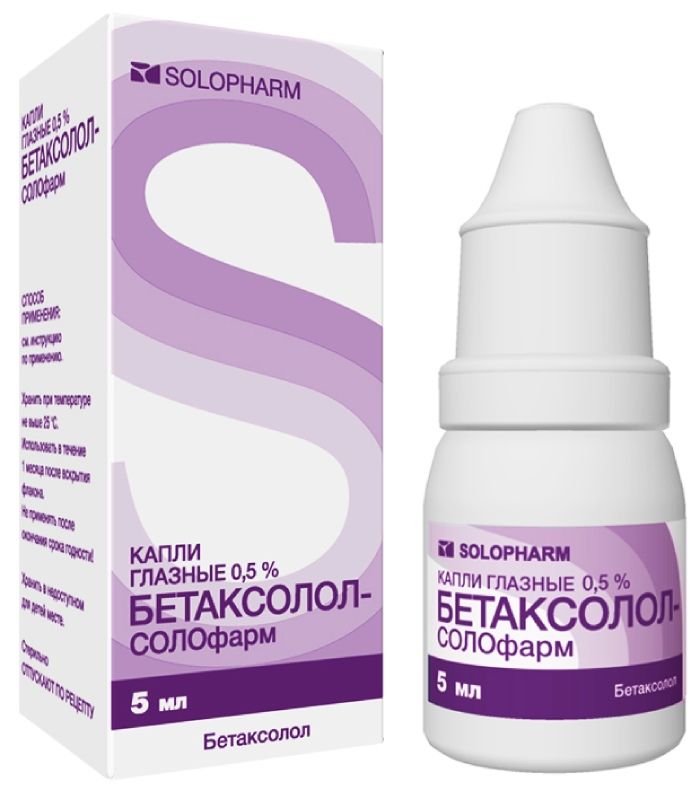

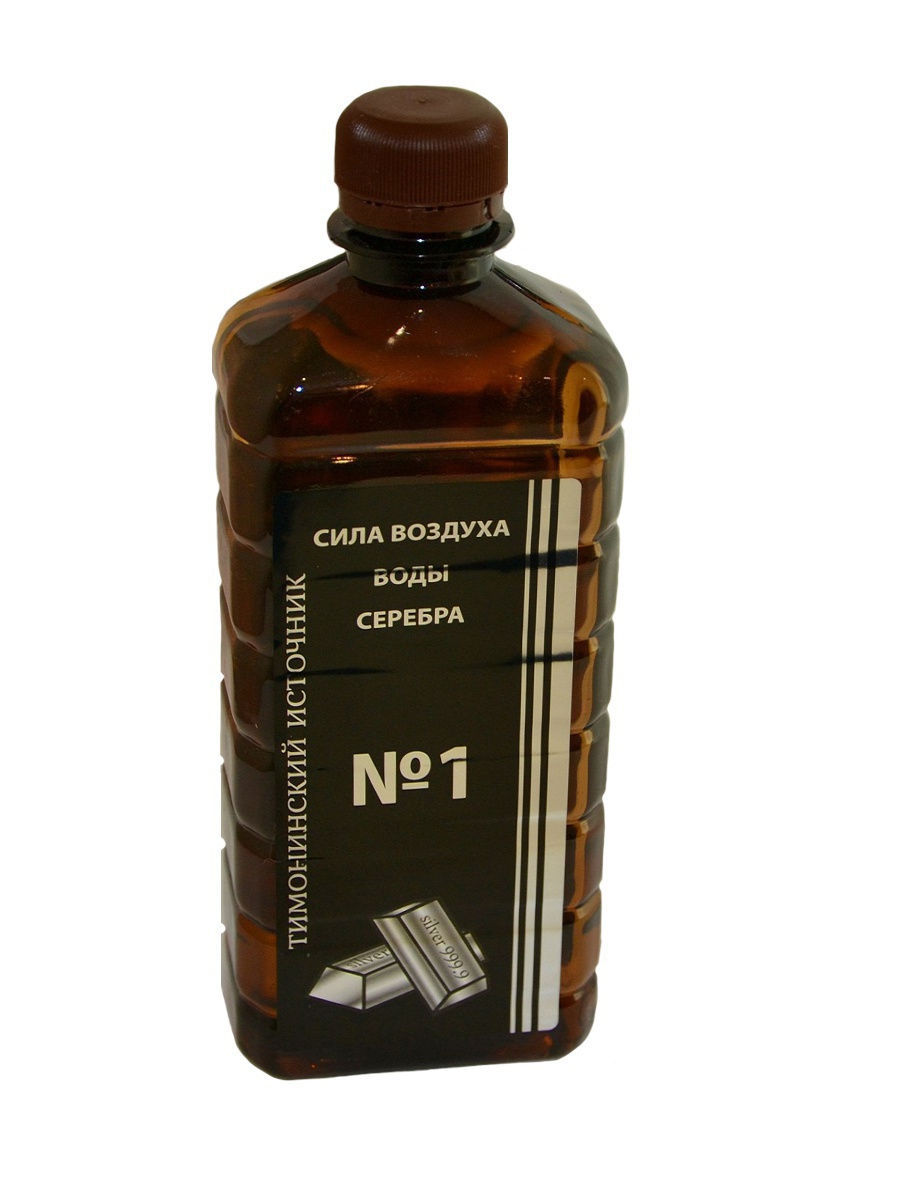
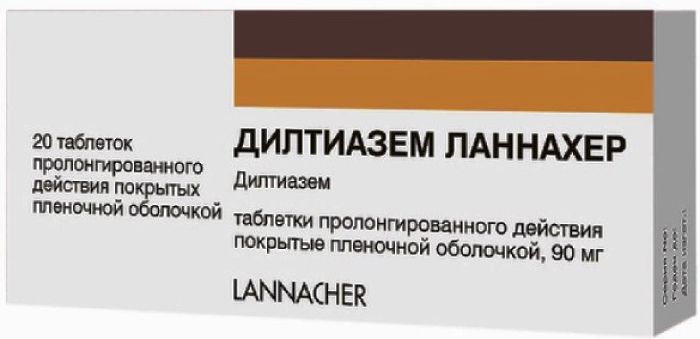
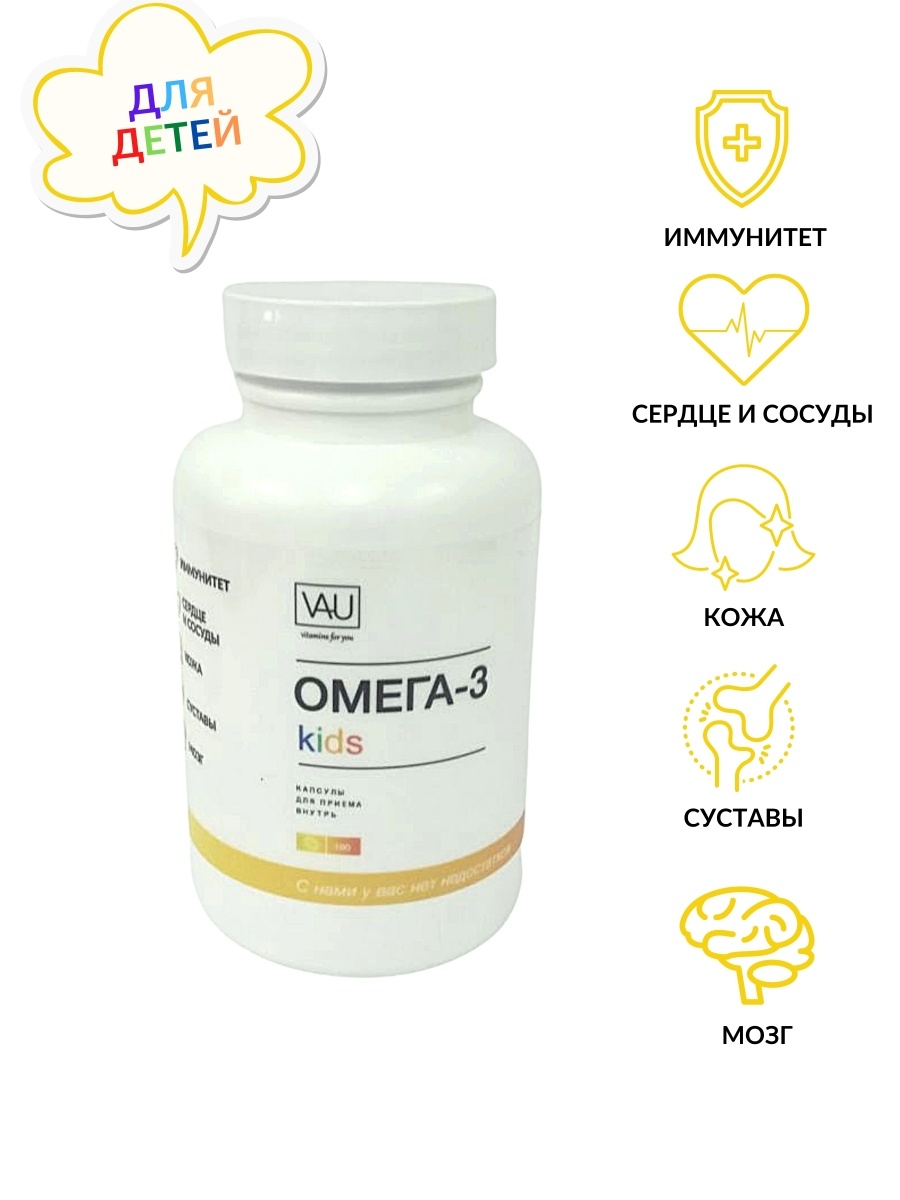
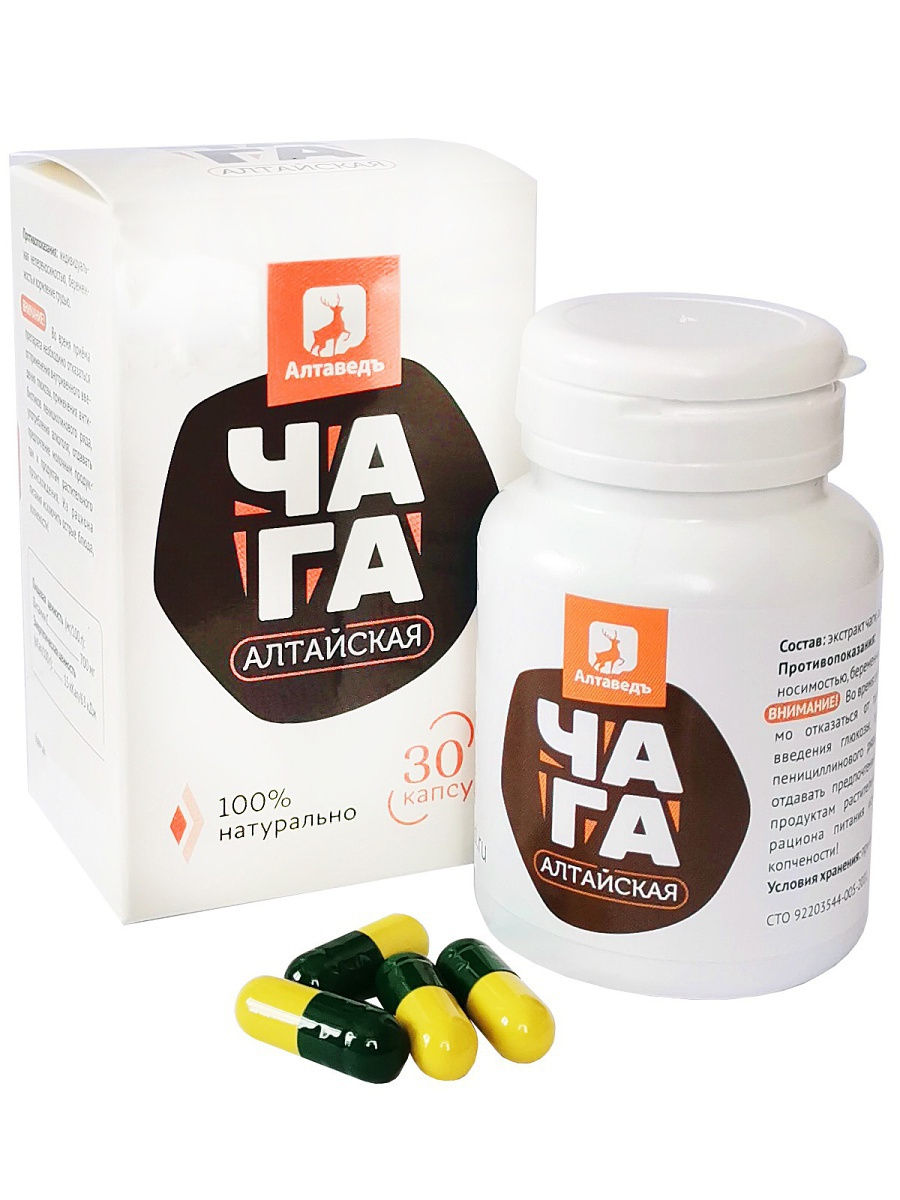
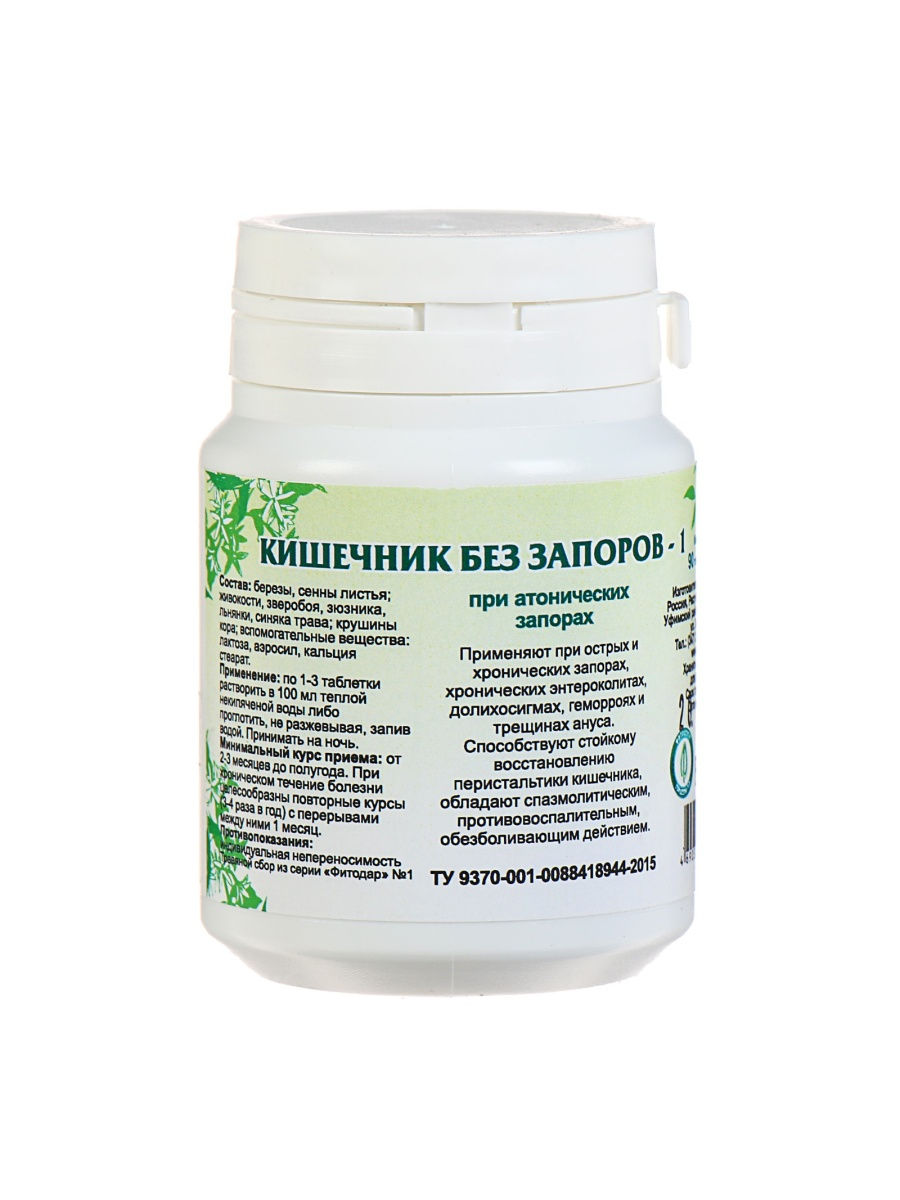



There are no reviews yet.